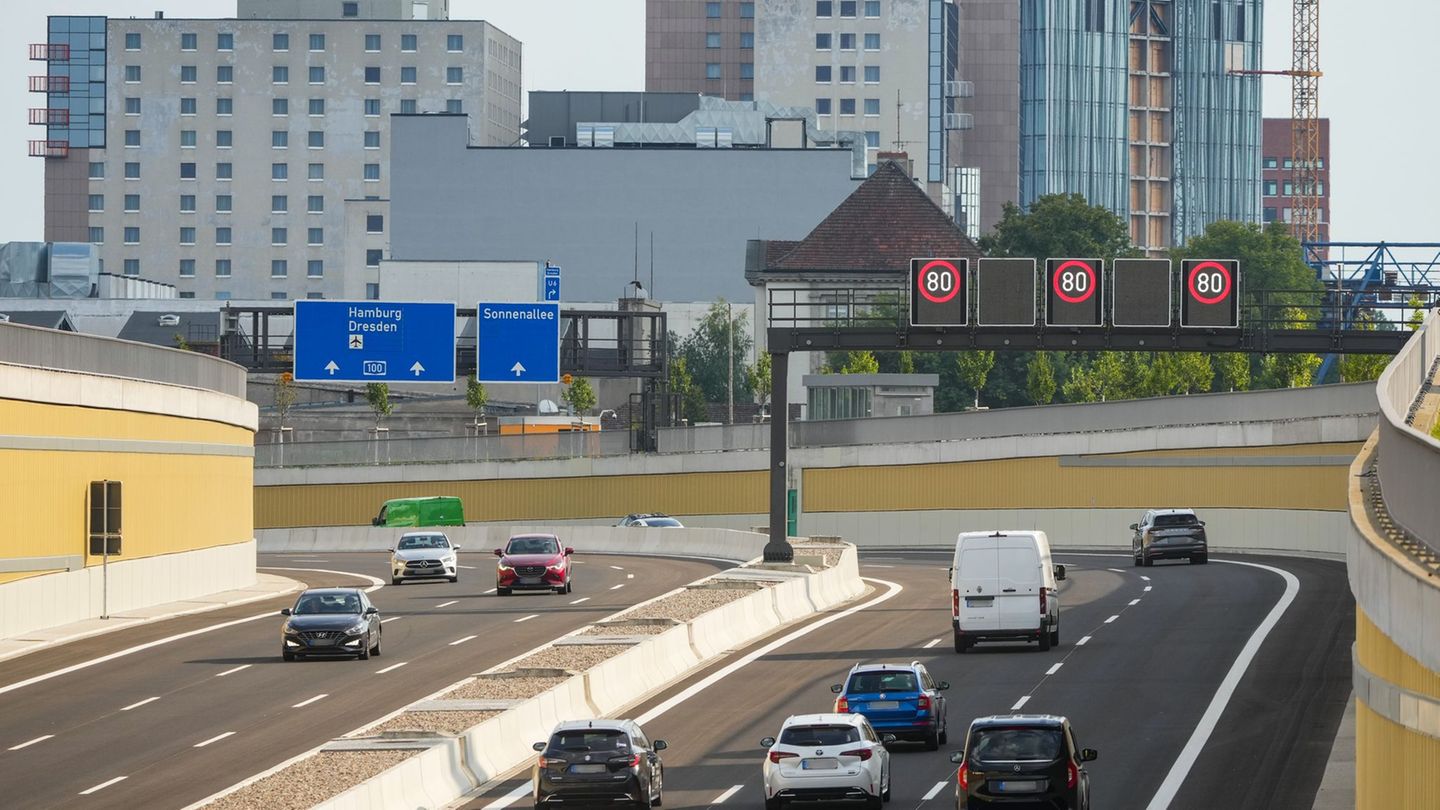Menu
Controversy about car traffic: Controversial section of the A100 opened in Berlin
Categories
Most Read
Prime Day: The product highlights on day two
October 8, 2025
No Comments
Record gold price: $4,000 mark exceeded
October 8, 2025
No Comments
Lufthansa pilots threaten to go on strike: are they too greedy?
October 8, 2025
No Comments
Plastic production: China sells a lot more plastic production machines
October 8, 2025
No Comments
Housing crisis: Pfandbriefbanken: Citizenship for Housing Construction
October 8, 2025
No Comments
Latest Posts

Record: Gold price rises higher than ever before
October 8, 2025
No Comments
AngelicaI am an author and journalist who has written for 24 Hours World. I specialize in covering the economy and write about topics such as

Prime Day: The product highlights on day two
October 8, 2025
No Comments
Copy the current link Add to the memorial list On October 7 and 8, 2025, Amazon organizes the Prime Deal Days with attractive discounts on

People: Why George Clooney lives in France with his children
October 8, 2025
No Comments
Lisa HarrisI am an author and journalist who has worked in the entertainment industry for over a decade. I currently work as a news editor
24 Hours Worlds is a comprehensive source of instant world current affairs, offering up-to-the-minute coverage of breaking news and events from around the globe. With a team of experienced journalists and experts on hand 24/7.

